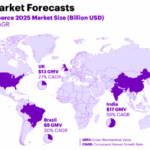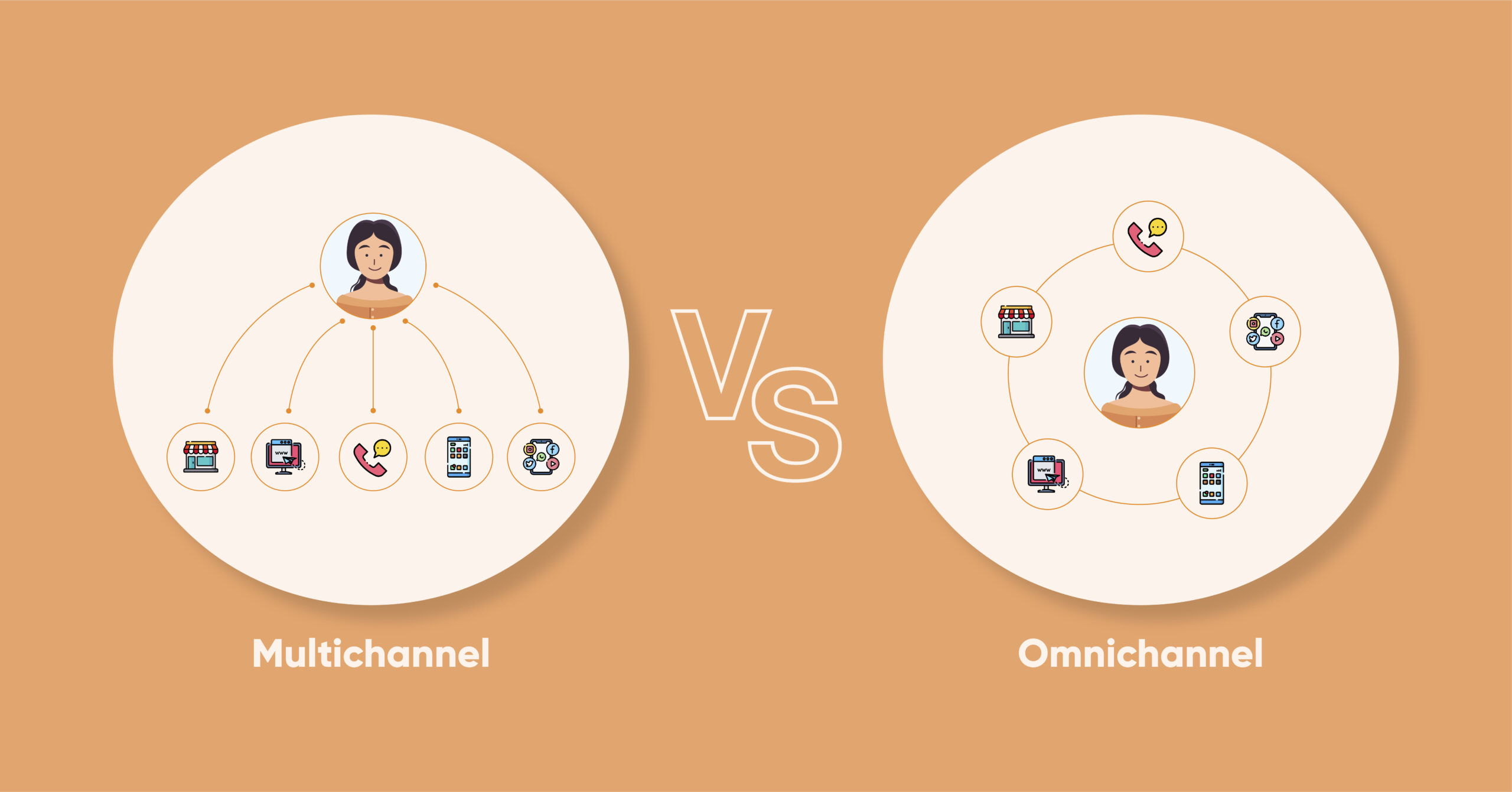In the ever-evolving world of E-commerce, adapting to new retail strategies is pivotal for businesses aiming to thrive in the digital landscape. Two such strategies that often appear on the radar are omnichannel and multichannel. While they might sound similar, these approaches have distinct characteristics that set them apart.
What is Omnichannel?
Omnichannel retailing revolves around the seamless integration of multiple sales and marketing channels. The primary focus is on providing customers with a unified shopping experience across all touchpoints, be it online, in-store, or via mobile devices. The fundamental idea is to break down the silos between these channels, allowing customers to engage and transact with the brand in a consistent and uninterrupted manner.
How does Omnichannel Retail Work?
In an omnichannel setup, data and insights from all channels are interconnected. This means that whether a customer is browsing products on a mobile app, checking stock availability on the website, or making a purchase in a physical store, their interactions are tracked and shared across the entire network. This provides a holistic view of each customer’s journey, enabling retailers to deliver personalized and consistent experiences.
What is Multichannel?
Multichannel retailing, on the other hand, involves utilizing multiple independent channels to interact with customers. These channels can operate in isolation, often functioning as separate entities. In this model, customers may encounter different messaging, pricing, or promotions when transitioning from one channel to another.
How does Multichannel Retail Work?
A multichannel approach typically involves retailers offering their products and services through a variety of channels without necessarily integrating the customer experience. For example, a retailer may have a physical store, an online store, and sell products through a third-party marketplace. These channels operate independently, with each having its distinct inventory and customer data.
Multichannel vs. Omnichannel Marketing Strategy: The Big Difference
The most significant distinction between multichannel and omnichannel lies in how they approach customer experience. In multichannel, each channel often operates in isolation, resulting in a disconnected customer journey. On the contrary, omnichannel prioritizes creating a consistent and cohesive customer experience by seamlessly connecting all channels.
How to Choose the Right Strategy for Your Business
The choice between omnichannel and multichannel depends on various factors, including the nature of your business, your target audience, and your resources. Small businesses with limited resources might find a multichannel strategy more manageable, while larger enterprises might opt for omnichannel to provide a more integrated shopping experience.
5 Omnichannel and Multichannel Examples
- Omnichannel Example: Starbucks’ mobile app allows customers to order and pay through their smartphones. The app syncs with in-store systems, ensuring a seamless experience whether ordering from home or in the café.
- Multichannel Example: A clothing retailer with both physical stores and an online store. Inventory and customer data might not be integrated between the two, resulting in different stock availability and pricing.
- Omnichannel Example: The North Face offers an omnichannel experience by allowing customers to buy products online and pick them up in a local store, offering a unified shopping journey.
- Multichannel Example: An electronics store selling products through its physical locations and on third-party marketplaces. The channels operate independently without sharing data.
- Omnichannel Example: Home Depot’s omnichannel approach includes options to buy online, pick up in-store, schedule deliveries, and even offers augmented reality tools to visualize products in your home.
In conclusion, both omnichannel and multichannel strategies offer unique advantages, but the key is to align the chosen approach with your business goals and the expectations of your customer base. By understanding the differences between these strategies, E-commerce businesses can make informed decisions that best serve their customers and drive growth in the digital era.










